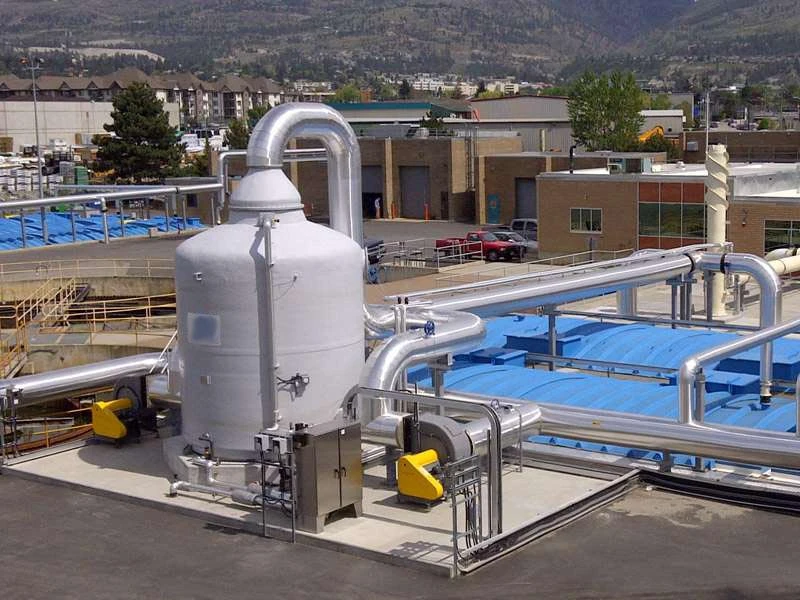
-
 Afrikaans
Afrikaans -
 Albanian
Albanian -
 Amharic
Amharic -
 Arabic
Arabic -
 Armenian
Armenian -
 Azerbaijani
Azerbaijani -
 Basque
Basque -
 Belarusian
Belarusian -
 Bengali
Bengali -
 Bosnian
Bosnian -
 Bulgarian
Bulgarian -
 Catalan
Catalan -
 Cebuano
Cebuano -
 China
China -
 China (Taiwan)
China (Taiwan) -
 Corsican
Corsican -
 Croatian
Croatian -
 Czech
Czech -
 Danish
Danish -
 Dutch
Dutch -
 English
English -
 Esperanto
Esperanto -
 Estonian
Estonian -
 Finnish
Finnish -
 French
French -
 Frisian
Frisian -
 Galician
Galician -
 Georgian
Georgian -
 German
German -
 Greek
Greek -
 Gujarati
Gujarati -
 Haitian Creole
Haitian Creole -
 hausa
hausa -
 hawaiian
hawaiian -
 Hebrew
Hebrew -
 Hindi
Hindi -
 Miao
Miao -
 Hungarian
Hungarian -
 Icelandic
Icelandic -
 igbo
igbo -
 Indonesian
Indonesian -
 irish
irish -
 Italian
Italian -
 Japanese
Japanese -
 Javanese
Javanese -
 Kannada
Kannada -
 kazakh
kazakh -
 Khmer
Khmer -
 Rwandese
Rwandese -
 Korean
Korean -
 Kurdish
Kurdish -
 Kyrgyz
Kyrgyz -
 Lao
Lao -
 Latin
Latin -
 Latvian
Latvian -
 Lithuanian
Lithuanian -
 Luxembourgish
Luxembourgish -
 Macedonian
Macedonian -
 Malgashi
Malgashi -
 Malay
Malay -
 Malayalam
Malayalam -
 Maltese
Maltese -
 Maori
Maori -
 Marathi
Marathi -
 Mongolian
Mongolian -
 Myanmar
Myanmar -
 Nepali
Nepali -
 Norwegian
Norwegian -
 Norwegian
Norwegian -
 Occitan
Occitan -
 Pashto
Pashto -
 Persian
Persian -
 Polish
Polish -
 Portuguese
Portuguese -
 Punjabi
Punjabi -
 Romanian
Romanian -
 Russian
Russian -
 Samoan
Samoan -
 Scottish Gaelic
Scottish Gaelic -
 Serbian
Serbian -
 Sesotho
Sesotho -
 Shona
Shona -
 Sindhi
Sindhi -
 Sinhala
Sinhala -
 Slovak
Slovak -
 Slovenian
Slovenian -
 Somali
Somali -
 Spanish
Spanish -
 Sundanese
Sundanese -
 Swahili
Swahili -
 Swedish
Swedish -
 Tagalog
Tagalog -
 Tajik
Tajik -
 Tamil
Tamil -
 Tatar
Tatar -
 Telugu
Telugu -
 Thai
Thai -
 Turkish
Turkish -
 Turkmen
Turkmen -
 Ukrainian
Ukrainian -
 Urdu
Urdu -
 Uighur
Uighur -
 Uzbek
Uzbek -
 Vietnamese
Vietnamese -
 Welsh
Welsh -
 Bantu
Bantu -
 Yiddish
Yiddish -
 Yoruba
Yoruba -
 Zulu
Zulu
High-Quality Fiberglass Mining Equipment - Durable and Reliable Solutions
Fiberglass Mining Equipment Revolutionizing the Industry
In recent years, the mining industry has seen significant advancements in technology and materials, one of which is the increasing use of fiberglass in mining equipment. Fiberglass, a composite material made from fine glass fibers and resin, is known for its remarkable strength-to-weight ratio, resistance to corrosion, and durability. These properties make fiberglass an ideal choice for various mining applications, transforming traditional practices and paving the way for more efficient operations.
One of the most critical advantages of fiberglass mining equipment is its lightweight nature. Traditional metal equipment can be cumbersome, making transportation and handling difficult, especially in remote mining locations. Fiberglass, on the other hand, allows for easier maneuverability and reduces the overall weight of the equipment. This can lead to lower fuel consumption during transportation and contribute to a decrease in equipment wear and tear.
In addition to being lightweight, fiberglass is highly resistant to corrosion. Mining operations often involve exposure to harsh chemicals and abrasive materials. Traditional metals can rust or corrode over time, leading to increased maintenance costs and equipment replacement. Fiberglass, however, can withstand corrosive environments, significantly extending the service life of mining equipment. This durability translates to cost savings for companies, as they spend less on maintenance and repairs.
fiberglass mining equipment

Fiberglass is also highly versatile; it can be molded into various shapes and sizes, allowing manufacturers to create customized solutions for specific mining needs. Whether it’s for safety enclosures, storage containers, or structural components, fiberglass can be designed to meet the unique demands of different operations. This adaptability makes it an essential material in modern mining equipment design.
Safety is a paramount concern in the mining industry, and fiberglass contributes to this aspect as well. Unlike metal, fiberglass does not conduct electricity, reducing the risk of electrical accidents in mining operations. Additionally, its lightweight and robust nature can help to enhance worker safety by minimizing the risk of equipment-related injuries during transport.
Environmental considerations are becoming increasingly important in the mining industry as well. Fiberglass can be a more sustainable option compared to traditional materials. Its longevity means that equipment needs to be replaced less frequently, helping to reduce waste. Moreover, innovations in fiberglass recycling are emerging, allowing used fiberglass products to be repurposed, further lessening the environmental impact of mining operations.
In conclusion, fiberglass mining equipment represents a significant advancement in the mining industry. Its lightweight, corrosion-resistant, and durable nature provides numerous benefits, including cost savings, enhanced safety, and environmental sustainability. As technology continues to evolve, it’s likely that fiberglass will play an even more central role in the future of mining, helping to create safer, more efficient, and environmentally responsible practices.
Latest news
-
Exploring the Benefits of Top Hammer Drifter Rods for Enhanced Drilling PerformanceNewsJun.10,2025
-
High-Precision Fiberglass Winding Machine for GRP/FRP Pipe Production – Reliable & Efficient SolutionsNewsJun.10,2025
-
FRP Pipes & Fittings for Shipbuilding - Corrosion-Resistant & LightweightNewsJun.09,2025
-
Premium FRP Flooring Solutions Durable & Slip-ResistantNewsJun.09,2025
-
Premium Fiberglass Rectangular Tanks Durable & Lightweight SolutionNewsJun.09,2025
-
Tapered Drill String Design Guide Durable Performance & UsesNewsJun.09,2025









